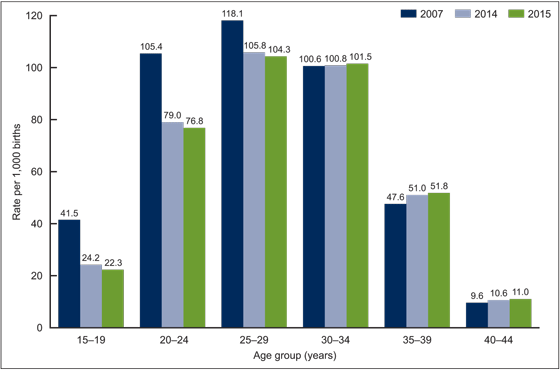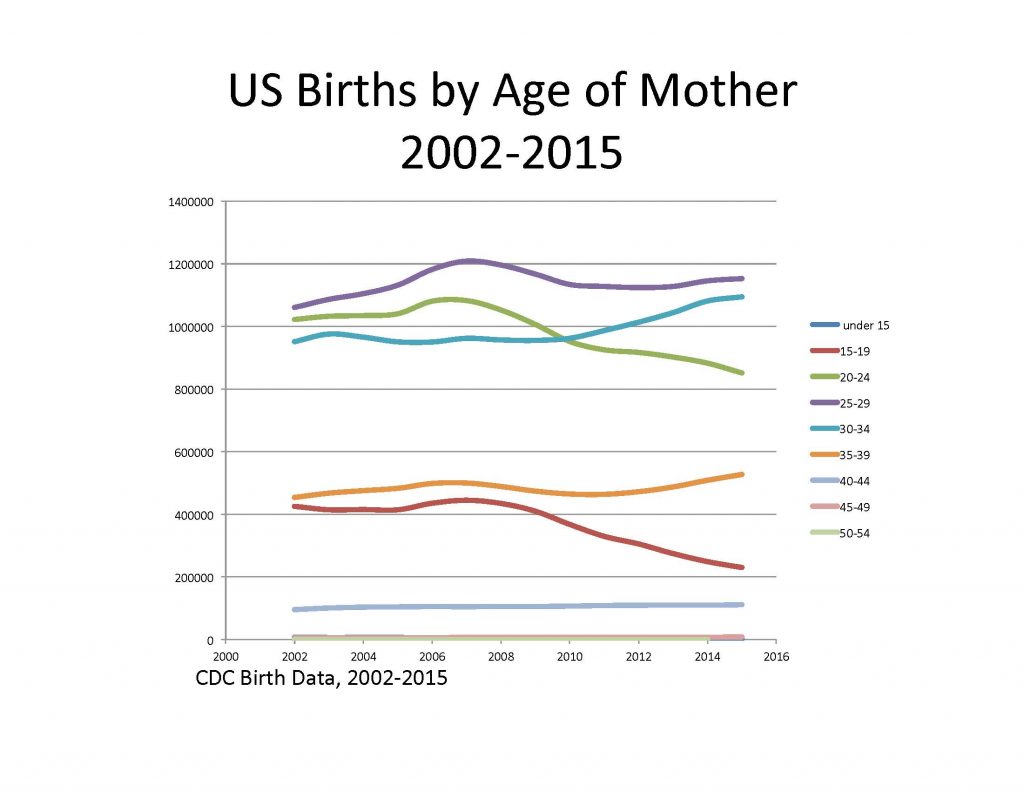Yes, Texas, there are bogeymen in the bathroom lately. But they don’t aim to rape you, just to rob you blind. In fact, they’ve been doing that for years, and they don’t discriminate by gender or sex, just income. If you’re rich, they hand you tax breaks; if you’re middle- or working-class, they steal your services and infrastructure to pay for the tax breaks for the rich. They throw in some homeowner tax benefits, but those are undercut by the loss of basic community services. To cloak their perfidy, they concoct imaginary monsters and distract us with offers of “protection,” as with Senate Bill 6, which its sponsors say aims to “protect” women and children. But the Legislature is the real threat to our well-being, and the well-being of our families.
The great state of Texas comes in 40th among states in national education rankings in 2017. Although our children – our state’s future – are full of potential, the Legislature underinvests in schools and funds them inequitably. This failure connects directly to our shameful claim to the seventh-highest per-capita imprisonment rate. Our Legislature apparently prefers the pay-later approach, over investing now.
Gov. Greg Abbott’s rejection of federal funding to expand Medicaid sent federal tax dollars paid by Texans to other states, and it means that Texas has the lowest rate of insured people in the U.S. This underpins the recent doubling of our maternal death rate, to third-world levels, and it means Texans suffer and die from ailments that could have been prevented. That’s no imaginary horror. For many Texas families, the bogeyman that has robbed them of basic health services is quite real. So is the loss of reproductive services because of the Legislature’s unrelenting assault via restrictive policies and laws that have reduced health-care access for women, especially poor women.
Our child-welfare system is horribly broken (though, fingers crossed that an overhaul may occur). And while we have strict laws against human trafficking, our state offers few services to sex-trafficking victims, nor do we systematically punish the “johns” who exploit them. Last year, Texas officials cut needed special-ed funds. Mental health services are woefully underfunded. The short of it: The state’s social safety net is full of holes. Even if state residents don’t use some of these services directly, a solid safety net protects the whole community, and this is what needs the Legislature’s attention.
So while lawmakers dither or altogether ignore our state’s most vital needs, we get distractions like the bathroom bill that Sen. Lois Kolkhorst, R-Brenham, is pitching and which has been endorsed by Lt. Gov. Dan Patrick. This bill actively attacks transgender people – denying them the basic right to use a public restroom and opening them to harassment by a newly appointed gender police. Empowered busybodies could demand birth certificates from people in line for the toilet. Who is the bogeyman in this scenario? They won’t limit their intrusions to trans-people – if they don’t like your haircut or your fashion choices, expect nasty questions.
It should matter that there has not been a single report of transgender people attacking cis-women inside or outside restrooms (and if they or anyone did that, the act already is illegal). But 27 transgender people were murdered in 2016, and many more were attacked and harassed just for being themselves. We do have real gender issues in our community, but bathroom bogeymen isn’t one.
Texas business leaders know that Kolkhorst’s and Patrick’s scare tactic will discourage new businesses from coming to our state, and they firmly oppose the bill. This pro-discrimination bill copycats the controversial North Carolina bill, but it has a homegrown pedigree. Houston voters’ revocation of the Equal Rights Ordinance in 2015 put this issue on the national stage – with the aim of denying state protection to the LGBT community in jobs and housing, and forcing any one who wants to bring a discrimination suit (including vets and people of color) into the more-difficult-to-navigate federal court.
Under pressure from loss of business, North Carolina is working to repeal its bathroom law. Why would Texas pursue the same outcomes? Only if voters, convinced by Kolkhorst’s and Patrick’s smoke and mirrors that they are under threat of bathroom bogeymen, press their representatives to endorse it.
The truly scary stuff isn’t fake bogeymen, but the real outcomes of our Legislature’s mismanagement. That underfunding of public education? It ultimately will slow and turn backward growth of our state’s economy. The stubborn refusal to expand Medicaid? Preventable disease and death will mark immeasurable loss of our state’s human potential. Methodical erosion of women’s reproductive rights? More abortions and more maternal deaths.
We don’t need SB 6. We don’t need our restroom choices policed. It’s clear who the bogeymen are, and they’re not in bathrooms. Legislature, we’re looking at you.
A version of this piece appeared in the Houston Chronicle on March 4, 2017.






 Among the methods discussed, lab-grown eggs from stem cells (“Growing eggs in the lab like this would yield a great many eggs unaffected by age for older women trying to conceive through IVF. It also would mean women could skip the hormone stimulation harvesting eggs normally requires, though a minor, outpatient surgery to take tissue from the ovary would be needed.”); egg freezing; ovarian tissue freezing; mitochondrial transplants; genetic screening.
Among the methods discussed, lab-grown eggs from stem cells (“Growing eggs in the lab like this would yield a great many eggs unaffected by age for older women trying to conceive through IVF. It also would mean women could skip the hormone stimulation harvesting eggs normally requires, though a minor, outpatient surgery to take tissue from the ovary would be needed.”); egg freezing; ovarian tissue freezing; mitochondrial transplants; genetic screening.